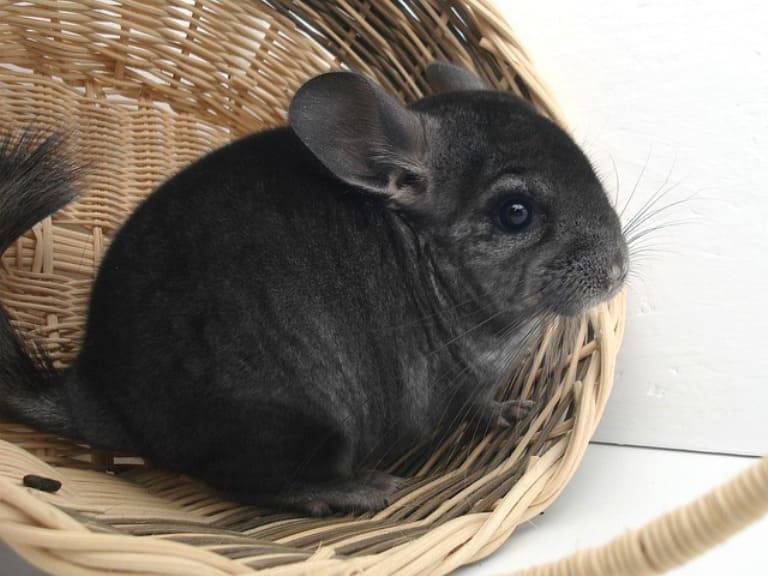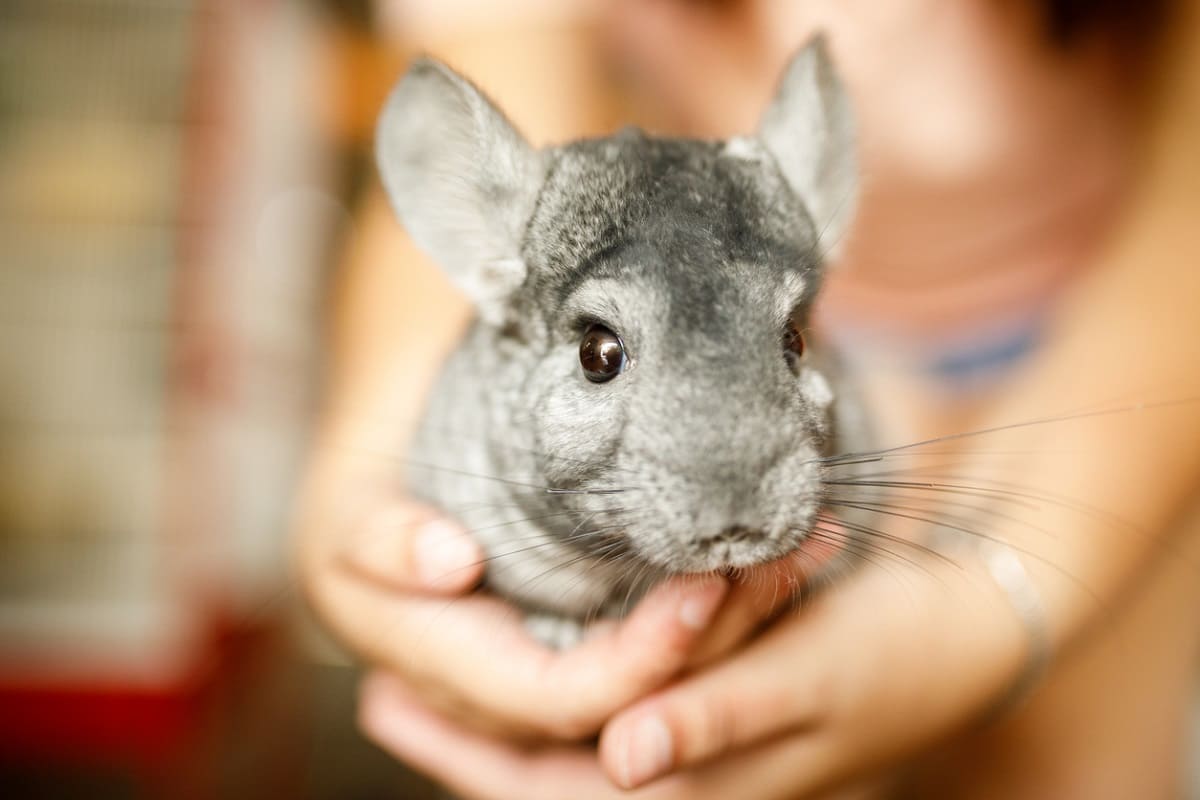Chinchillas, What They Eat?
The chinchilla is one of the prettiest rodents that, both for its sociable character and its funny appearance, is suitable for living at home but also for contact with people. Here’s what he eats
How to feed the chinchilla?
The diet of the chinchilla must be based on dehydrated hay and fodder , which are found packed in pellets, flaked or extruded in commercial feed formulated for this species. The herb and fresh vegetables are also appreciated and indicated for the chinchilla care information and facts, to be gradually introduced into the daily ration, but still in a limited quantity compared to the hay. The fruit can be administered 2-3 times a week in small quantities. Finally, the water for drinking must never be lacking, to be administered fresh and cleaned daily.
Warning: the chinchilla is easy to breed but very sensitive to abrupt changes in food and any changes in its diet must be carried out gradually, introducing the new food within 10-15 days. If it is difficult to find the appropriate feed, pelleted feed for adult rabbits can also be administered, excluding the use of seed- rich mixtures (such as those for hamsters and mice or other granivorous pets). The seeds are in fact administered to the chinchilla sparingly, in order not to unbalance the diet and cause health problems.
Chinchilla feeding: mainly hay and pellets

The chinchilla is a strictly herbivorous animal capable of digesting very fibrous foods and reduced water content so hay must represent the most important part of the meal, say three quarters. The hay to give to your rodent friend must be mold-free , fragrant , crunchy , with a maximum humidity of 14% and must be of a color ranging from pale green to golden . Green hay is rich in protein, calcium and vitamin C, golden hay is richer in fiber and vitamin D.
The hays that can be offered daily are the Fleolo (or Timothy, suitable daily for an adult chinchilla), the oat hay (excellent as an addition), the alpha (alfalfa is a legume with a high protein content suitable for puppies up to six months and pregnant or breastfeeding females while for adult specimens only once or twice a week and the little herb (similar to Timothy but with a more fruity aroma).
The daily quantity of pellets for an adult chinchilla, on the other hand, is about 30 grams.
Food should preferably be administered in the evening, when the animal starts its activity.
What to add to the hay for the correct feeding of the chinchilla?
If you have decided to take a chinchilla at home, know that it is advisable to mix the hay with some dried herbs ; baby food will be more nutritionally complete and more pleasant for your chinchilla. The main herbs that you can add to the hay are the following.
- Nettle : purifying and rich in folic acid and iron;
- dandelion : rich in vitamins, calcium and inulin;
- mint : valid for the liver and digestion;
- milk thistle : rich in fiber and appetite stimulant;
- mallow flowers : it is emollient, to date in moderation;
- calendula : it is digestive, only two to three petals at a time;
- echinacea : revitalizing the immune system, only once a week;
- arnoglossa : rich in vitamins and minerals;
- rosehip berries : rich in vitamin A, only one per day;
- birch leaves : diuretic and purifying;
- green oats : source of fiber and protein;
- lemon balm : calms and relaxes the muscles;
- chamomile flowers : digestive and relaxing.
- Fresh food in the feeding of the chinchilla
Chinchillas easily digest plants with a high fiber content and low water content, so you can only occasionally offer them a small amount (a small piece) of fresh food such as red radicchio, clover, fennel, zucchini, chicory, celery and very little carrot .
As for fruit instead, always in small quantities, seedless apple, pineapple, papaya, strawberry, blueberries and banana . If you decide to take dried fruit, reduce the quantity even more.


